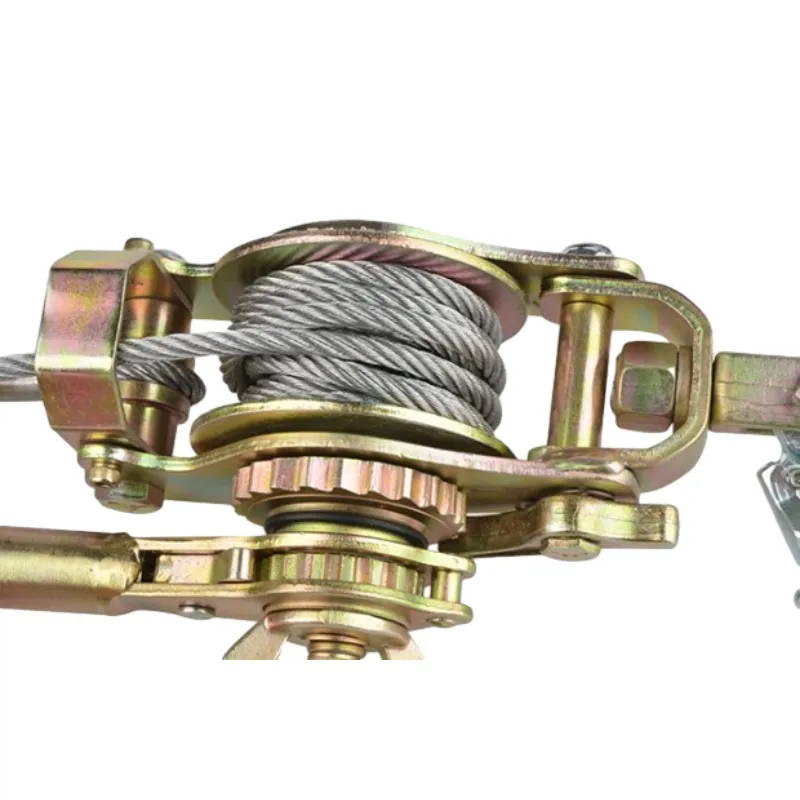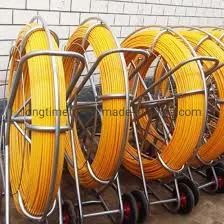
-
 Afrikaans
Afrikaans -
 Albanian
Albanian -
 Amharic
Amharic -
 Arabic
Arabic -
 Armenian
Armenian -
 Azerbaijani
Azerbaijani -
 Basque
Basque -
 Belarusian
Belarusian -
 Bengali
Bengali -
 Bosnian
Bosnian -
 Bulgarian
Bulgarian -
 Catalan
Catalan -
 Cebuano
Cebuano -
 Corsican
Corsican -
 Croatian
Croatian -
 Czech
Czech -
 Danish
Danish -
 Dutch
Dutch -
 English
English -
 Esperanto
Esperanto -
 Estonian
Estonian -
 Finnish
Finnish -
 French
French -
 Frisian
Frisian -
 Galician
Galician -
 Georgian
Georgian -
 German
German -
 Greek
Greek -
 Gujarati
Gujarati -
 Haitian Creole
Haitian Creole -
 hausa
hausa -
 hawaiian
hawaiian -
 Hebrew
Hebrew -
 Hindi
Hindi -
 Miao
Miao -
 Hungarian
Hungarian -
 Icelandic
Icelandic -
 igbo
igbo -
 Indonesian
Indonesian -
 irish
irish -
 Italian
Italian -
 Japanese
Japanese -
 Javanese
Javanese -
 Kannada
Kannada -
 kazakh
kazakh -
 Khmer
Khmer -
 Rwandese
Rwandese -
 Korean
Korean -
 Kurdish
Kurdish -
 Kyrgyz
Kyrgyz -
 Lao
Lao -
 Latin
Latin -
 Latvian
Latvian -
 Lithuanian
Lithuanian -
 Luxembourgish
Luxembourgish -
 Macedonian
Macedonian -
 Malgashi
Malgashi -
 Malay
Malay -
 Malayalam
Malayalam -
 Maltese
Maltese -
 Maori
Maori -
 Marathi
Marathi -
 Mongolian
Mongolian -
 Myanmar
Myanmar -
 Nepali
Nepali -
 Norwegian
Norwegian -
 Norwegian
Norwegian -
 Occitan
Occitan -
 Pashto
Pashto -
 Persian
Persian -
 Polish
Polish -
 Portuguese
Portuguese -
 Punjabi
Punjabi -
 Romanian
Romanian -
 Russian
Russian -
 Samoan
Samoan -
 Scottish Gaelic
Scottish Gaelic -
 Serbian
Serbian -
 Sesotho
Sesotho -
 Shona
Shona -
 Sindhi
Sindhi -
 Sinhala
Sinhala -
 Slovak
Slovak -
 Slovenian
Slovenian -
 Somali
Somali -
 Spanish
Spanish -
 Sundanese
Sundanese -
 Swahili
Swahili -
 Swedish
Swedish -
 Tagalog
Tagalog -
 Tajik
Tajik -
 Tamil
Tamil -
 Tatar
Tatar -
 Telugu
Telugu -
 Thai
Thai -
 Turkish
Turkish -
 Turkmen
Turkmen -
 Ukrainian
Ukrainian -
 Urdu
Urdu -
 Uighur
Uighur -
 Uzbek
Uzbek -
 Vietnamese
Vietnamese -
 Welsh
Welsh -
 Bantu
Bantu -
 Yiddish
Yiddish -
 Yoruba
Yoruba -
 Zulu
Zulu


TEL:
0086-311-88862036
Jan . 21, 2025 05:08 Back to list
Cable Clamp
In the realm of electrical installations and industrial setups, selecting the right components is crucial for ensuring safety, durability, and efficiency. One such component that demands careful attention is the water tight cord grip. With years of experience in electrical engineering and industrial safety, I can confidently convey the critical nature and versatile applications of these unsung heroes of modern electrical systems.
The benefits of water tight cord grips extend beyond their functional role. By preventing moisture ingress, they significantly enhance the safety and reliability of electrical systems. In industrial plants where electrical faults can lead to production halts or safety hazards, these grips are invaluable in maintaining operational continuity. Their role in safeguarding electrical systems makes them an authoritative component in compliance with stringent industrial safety regulations and standards. Trustworthiness in the field of electrical components is built over time through consistent performance and reliability. Manufacturers of water tight cord grips often subject these devices to rigorous testing processes to ensure they meet or exceed industry standards such as IP68, which denotes complete protection against dust and long periods of immersion under pressure. This certification is a testament to the durability and reliability of these components, instilling confidence in their ability to perform under adverse conditions. Real-world experience illustrates the importance of these components. Consider a wastewater treatment facility, where electrical systems face constant exposure to water. Here, the implementation of water tight cord grips ensures that essential equipment remains operational without interruption, thus protecting investments and maintaining safety standards. An oversight in choosing subpar or improperly installed cord grips could result in catastrophic failures, highlighting their foundational role in operational success. Ultimately, the value of water tight cord grips lies in their ability to eliminate common system vulnerabilities, providing both peace of mind and functional assurance. Their expert design and robust build quality are results of decades of engineering progress and field testing, promising unmatched performance. In a marketplace that values precision and reliability, these components emerge as indispensable tools that fortify electrical systems against the challenges posed by their operating environments. Such assurance not only enhances the longevity of the equipment but also upholds the highest standards of safety and efficiency, resonating with the core values of Experience, Expertise, Authoritativeness, and Trustworthiness.


The benefits of water tight cord grips extend beyond their functional role. By preventing moisture ingress, they significantly enhance the safety and reliability of electrical systems. In industrial plants where electrical faults can lead to production halts or safety hazards, these grips are invaluable in maintaining operational continuity. Their role in safeguarding electrical systems makes them an authoritative component in compliance with stringent industrial safety regulations and standards. Trustworthiness in the field of electrical components is built over time through consistent performance and reliability. Manufacturers of water tight cord grips often subject these devices to rigorous testing processes to ensure they meet or exceed industry standards such as IP68, which denotes complete protection against dust and long periods of immersion under pressure. This certification is a testament to the durability and reliability of these components, instilling confidence in their ability to perform under adverse conditions. Real-world experience illustrates the importance of these components. Consider a wastewater treatment facility, where electrical systems face constant exposure to water. Here, the implementation of water tight cord grips ensures that essential equipment remains operational without interruption, thus protecting investments and maintaining safety standards. An oversight in choosing subpar or improperly installed cord grips could result in catastrophic failures, highlighting their foundational role in operational success. Ultimately, the value of water tight cord grips lies in their ability to eliminate common system vulnerabilities, providing both peace of mind and functional assurance. Their expert design and robust build quality are results of decades of engineering progress and field testing, promising unmatched performance. In a marketplace that values precision and reliability, these components emerge as indispensable tools that fortify electrical systems against the challenges posed by their operating environments. Such assurance not only enhances the longevity of the equipment but also upholds the highest standards of safety and efficiency, resonating with the core values of Experience, Expertise, Authoritativeness, and Trustworthiness.
Next:
Latest news
What Are Construction Tools and How Are They Used?
NewsJul.11,2025
Professional-Grade Duct Rodding Tools for Superior Cable Installation
NewsJul.11,2025
Enhancing Safety and Efficiency with Modern Hot Stick Solutions
NewsJul.11,2025
Empowering Cable Installation with Advanced Rodder Solutions
NewsJul.11,2025
Elevate Your Cable Installation Projects with Cable Pulling Tools
NewsJul.11,2025
Efficient Cable Handling Solutions: Cable Rollers for Sale
NewsJul.11,2025
Copyright © 2025 Shijiazhuang Bilo Import and Export Trading Co., Ltd. All Rights Reserved. Sitemap | Privacy Policy

BlLo lmport & Éxport is specialized in power and cable equipment andconsiruction tools,Qur main producis are FRP
duct rodder, cable rollerscable pulling winch, cable drum jack, cable pulling sock, etc.
Copyright © 2025 Shijiazhuang Bilo Import and Export Trading Co., Ltd. All Rights Reserved. Sitemap | Privacy Policy










